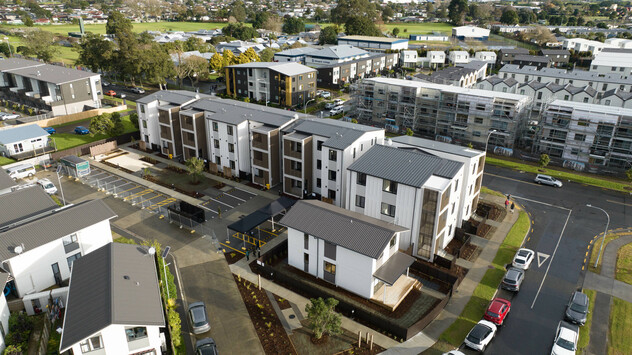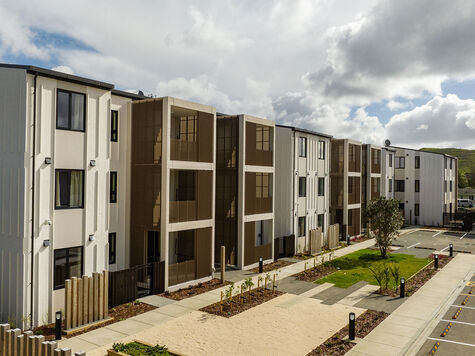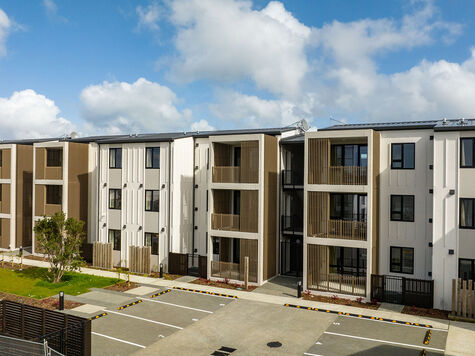

 languageSelector_au
languageSelector_au Argentina | español
Argentina | español Bosna i Hercegovina
Bosna i Hercegovina Česká republika | czech
Česká republika | czech Chelsea Building Products
Chelsea Building Products China | 中文
China | 中文 Deutschland | deutsch
Deutschland | deutsch España | español
España | español Eλλάδα | Eλληνική
Eλλάδα | Eλληνική France | français
France | français Hrvatska | hrvatski
Hrvatska | hrvatski India | english
India | english Indonesia | english
Indonesia | english International | english
International | english  Italia | italiano
Italia | italiano Kosovës
Kosovës Lietuva | Lietuvos
Lietuva | Lietuvos Magyarország | magyar
Magyarország | magyar México | español
México | español Nederland | nederlands
Nederland | nederlands Österreich | deutsch
Österreich | deutsch Polska | polski
Polska | polski România | românesc
România | românesc Slovenija | slovenščina
Slovenija | slovenščina Slovensko | slovenský
Slovensko | slovenský Srbija | srpski
Srbija | srpski UK | english
UK | english Ukrayina | русский
Ukrayina | русский USA | english
USA | english الامارات العربية المتحدة | العربية
الامارات العربية المتحدة | العربية Bader Ventura Project
Bader Ventura Project in Māngere, New Zealand
The completion of the Bader Ventura project in Māngere, South Auckland, is an exciting advance in sustainable architecture. This pioneering project is the first government funded, social housing development in Australasia to adhere to Passive House standards. Completed in June 2023, its occupants enjoy thermally comfortable accommodation with energy costs of just under $1 a day.
Bader Ventura comprises 18 passive house apartments across a three-storey building, providing highly functional two and three-bedroom homes. This project, developed by the New Zealand social housing agency, Kāinga Ora, signifies an ambitious step towards low-carbon, climate-safe housing, with a keen focus on energy efficiency and occupant comfort.





Our Solution
Each apartment features a quiet, continuous mechanical ventilation system with heat recovery, ensuring fresh, filtered air circulation to all rooms while maintaining airtightness. Enhanced insulation properties in the building's walls and roof are combined with smart framing and advanced window systems to minimise heat loss or gain. Diaz says integrating quality uPVC windows is critical to achieving the advanced thermal performance and energy efficiency required for Passive House certification.
"uPVC windows allow us to meet the key performance criteria required by Passive House standards," he says. "Standard aluminium window frames conduct energy, so they lose heat in winter and gain heat in summer; uPVC reduces the energy exchange through the window."
Oculus Architectural Engineering associate director Dimas Rodriguez adds to this, highlighting the importance of window frame material in a building's thermal performance. He notes that a cost analysis comparing uPVC frames with thermally broken metal frames, both having the same U-value, reveals uPVC as the more cost-effective option.
Our challange
The primary challenge for project architects Peddle Thorp was achieving the Passive House Standard, a global benchmark for energy-efficient buildings without compromising comfort or quality. Passive House fundamentals include high-performance window systems, an airtight thermal building envelope, specialist insulation and construction, and heat-recovery ventilation.
Peddle Thorp director Manuel Diaz says the practical elimination of thermal bridging, pathways that allow the ready flow of heat in or out of a building, is essential.
Project details
Rodriguez emphasises the important role of Low-E coated glazing and thermal edge spacers in directly affecting the glazing U-value, as well as the overall installation detailing such as air barrier continuity, water-shedding, and placement within the rough opening.
"When designing a Passive House," Rodriguez adds, "minimising thermal bridges within the window installation is crucial. This can be achieved by correctly aligning the frame with the wall insulation."
Continuing, Diaz touches upon the issue of condensation and mould growth, common in cooler climates. "In cooler weather, the combination of cold internal aluminium window frames within the warm air of a home creates conditions conducive to mould growth in the presence of condensation.”
Kāinga Ora suggested Peddle Thorp consider aluplast, and Diaz says they found the aluplast systems presented a viable route to meet passive house criteria as well as meet New Zealand building code requirements.
Designed and manufactured to withstand Australasian climatic conditions, Diaz says the aluplast systems were required to demonstrate their proven ability to resist UV-induced degradation.
"Kāinga Ora holds onto its assets, so robustness and longevity are key besides compliance. We also needed a supplier who could provide support, and we wanted to make sure the windows would look good, and they do."
Peddle Thorp faced the challenge of harmonising New Zealand's daylight mandates with the rigorous standards of Passive Housing, which can reduce window space. Additionally, as Diaz notes, a key issue in Auckland's warm summers is the risk of overheating. "Enhancing building envelope efficiency can inadvertently trap heat, leading to excessive warmth inside," he explains. "Therefore, careful planning of window sizes, their placement, and shading solutions was crucial. We also had to account for anticipated climate changes over the next two decades."
Project result
The Bader Ventura project has set a precedent in sustainable social housing design. By achieving Passive House performance, it aligns with the New Zealand government's Building for Climate Change goals 12 years ahead of schedule. Diaz underscores the project's role as a pilot in demonstrating how the building industry can meet future energy consumption targets: "Bader Ventura effectively demonstrates how the components of a building can improve its performance by consciously thinking about building components, and the way they are assembled together,” Diaz concludes.
- IDEAL 4000® - the tried-and-tested optionsmart-slide - Australia’s most energy efficient, acoustically insulated, sliding door
design with aludec
Sustainability - an ecologically sound production process